Hike from Setúbal to Serra do Louro. Trilho dos Moinhos. Portugal
Distance 22.5 km (gpx), Elevation gain 448 m, Elevation loss 448 m
Like the last time, this hike started with the old Roman road. Calçada Romana will probably be the gateway to our weekly nature getaways from Setúbal. We crossed the EN10 road from Grelhal, turned left and stopped at the gate with a formidable warning ”Private property. Keep out". That Saturday we were not the only ones wanting to get in. There were workers with a huge truck waiting for a machine to level the dirt road. You can enter, no problem, they nodded at us. It turned out the gate was not locked, and soon we found ourselves between pine trees following a trail up to the chapel. We quickly realized it was Via Crucis because every turn was marked by a cross with a station number.
Now please bear with me while I briefly explain the currently sad state of hiking in Setúbal. As you may know, the city borders the natural park of Arrábida. If you look at the map, the green area to the west is criss-crossed with walking trails, some of which are officially marked. All of it used to be completely open to the public. The situation suddenly changed a couple of years ago when new owners of Palácio da Comenda decided to fence off the land that historically was part of the property. Rather unfortunately, this included almost all of Arrábida within walking distance from the city. The gate that I just mentioned is part of those barriers.
Now back to the hike. We walked up to the top of the hill where stood a modest white and blue chapel embraced by serenity and silence. A breathtaking view from that spot opened up to a lush evergreen slope that reminded me of Madeira's subtropical flora. From there we continued through the forest until we reached another fence (and cursed the owners of the Comenda). Luckily, we could follow the steps of the locals who had already twisted and bent the wire barrier on one side. The narrow trail winded between trees and bushes until it joined a wider road. We kept walking surrounded by heady smell of spring blossom permeating the air.
Along the way we stumbled upon an abandoned villa that surprised us with a vast Roman-style terrace hanging over a canyon. The place had a sense of time passing through cracks in wooden doors. It’s a rare find for those who like to explore lost deserted places and know how to approach them. If described poetically, I'd call it a gentle pink pearl hidden among the palm leaves.
After this short romantic detour we followed various trail-threads in the wildflower carpets until we reached the range of Serra do Louro. The bird's-eye views that opened up from there were fascinating. Valleys colored in all shades of green and dotted with red-roofed houses created an amazing live landscape painting. From the Cabeço das vacas viewpoint we continued along the Trilho dos Moinhos (Trail of Windmills). The name checks out — there actually is an old windmill every hundred meters. The sails and roofs are usually not there already, though round stone towers, evocative of a grain grinding past, are intact. Wooden windshafts stand still unmoved by wind but touched by time and decay.
Further along the trail, we continued to travel down the timeline of history. The surrounding area has evidence of exploration long before the arrival of Romans. Several military fortifications from the 3rd millennium BC and the Iron Age had been revealed at Castro de Chibanes. Today you can see traces of those structures between the windmills. If someone were still guarding the place like in the old days, they’d have a wonderful view over the (relatively recent) Palmela castle.
We got distracted from contemplating the twists of human history by a rather mundane scene. Fellow hikers were coming towards us carrying fresh bread and pastry. We felt peckish, so after a brief exchange of information we followed their steps to a traditional Padaria Julião situated in Roteiro dos Moinhos Vivos (Google shows this place as temporarily closed although it isn't). Pão de maçã (apple bread) and pão com chouriço (bread with sausage) baked in a wood-fired oven turned out to be a great snack after the long day of hiking.
With renewed energy we marched into Palmela and immediately turned right onto Estrada do Vale dos Barris that brought us to a narrow Estrada da Lagartixa. We had a lovely walk in the bottom of the gorge along a tiny stream between farms and fruit gardens. From Baixa de Palmela to Setúbal we stuck to a boring straight road where only the ruins of a local aqueduct caught our eye. That was the last highlight of this historically rich trail. It was difficult to find any info about it but here’s what we managed to dig out of some Portuguese documents.
“With a length of approximately 37 meters, the aqueduct is very clearly a construction of the traditional method, in ordinary masonry using mortar. It is immediately obvious from any superficial observation of the structure that there was no concern for uniformity of the arches. The intention of the builders of the aqueduct would probably be to establish a succession of Roman arches, but these vary greatly in terms of span. It is notorious that not even the construction of the structure in a straight line was a priority for the creators of the work. But the aqueduct will certainly have served its purpose with distinction; the functionality of the structure is undeniable. The traditional nature of the methods, associated with the honest simplicity of the final result, contribute to the Salema de Baixo aqueduct’s aesthetic appeal that does not depend on symmetries or perfect finishes.”
Who needs symmetry and perfection anyway?! As we have seen many times during this hike, the most charming places were not necessarily impeccably preserved.
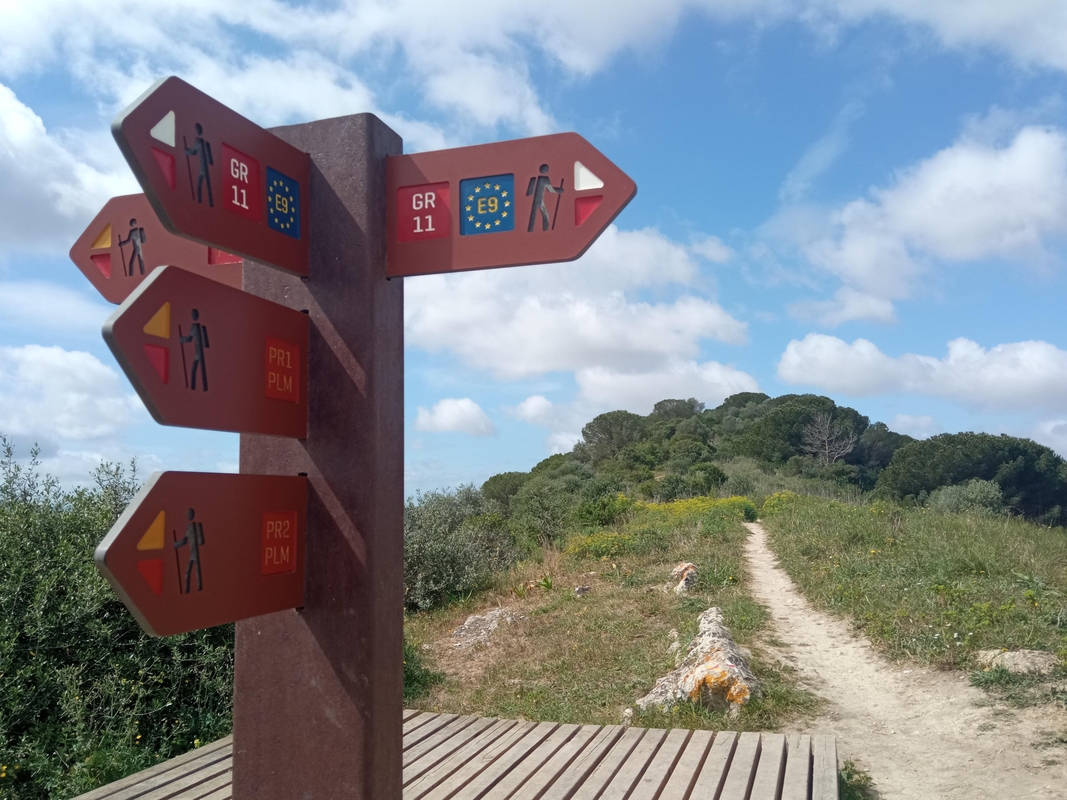




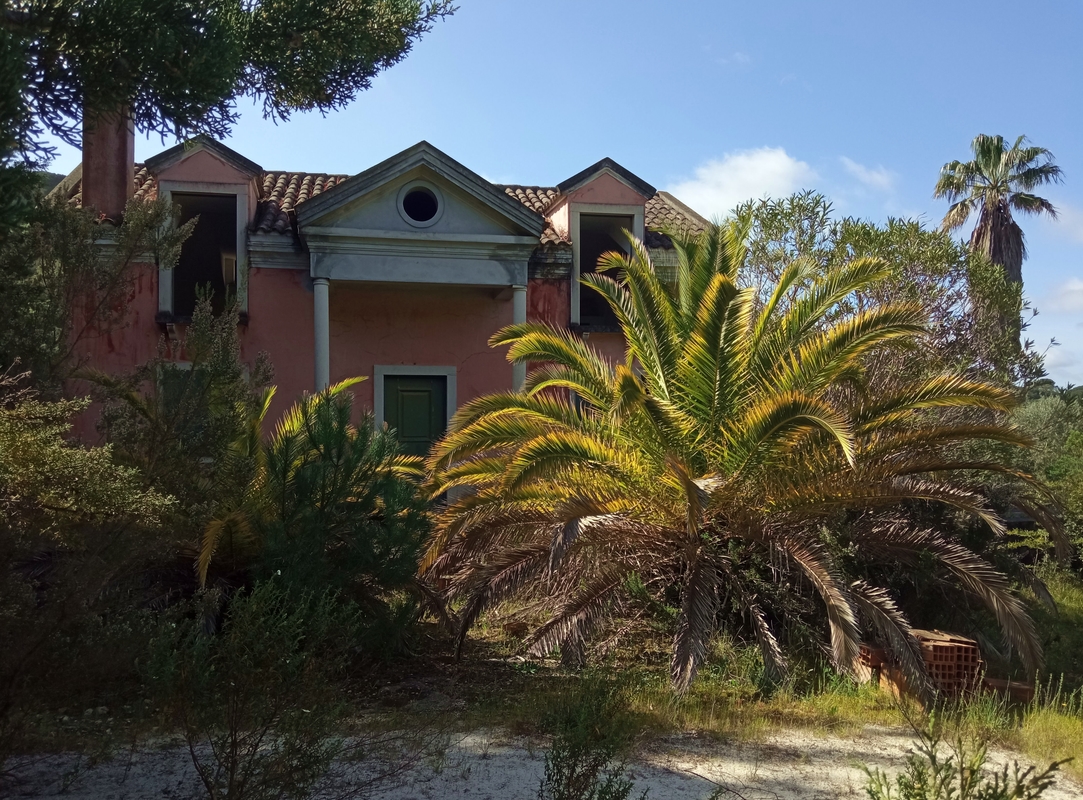
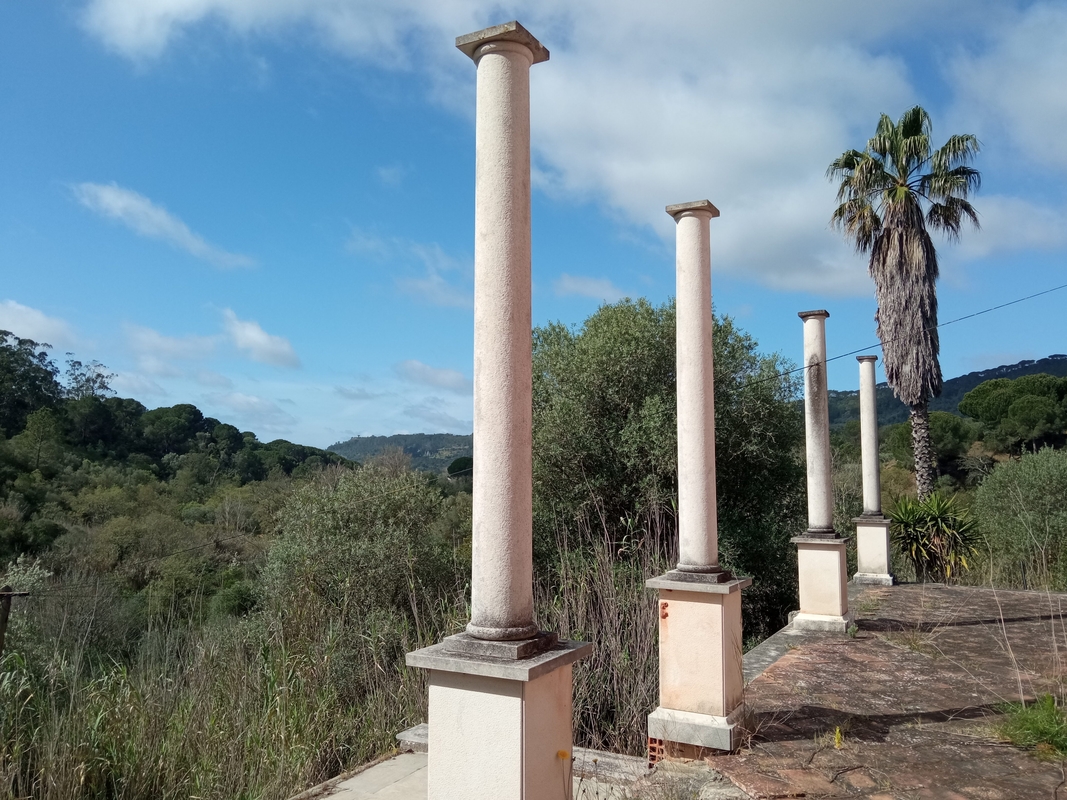

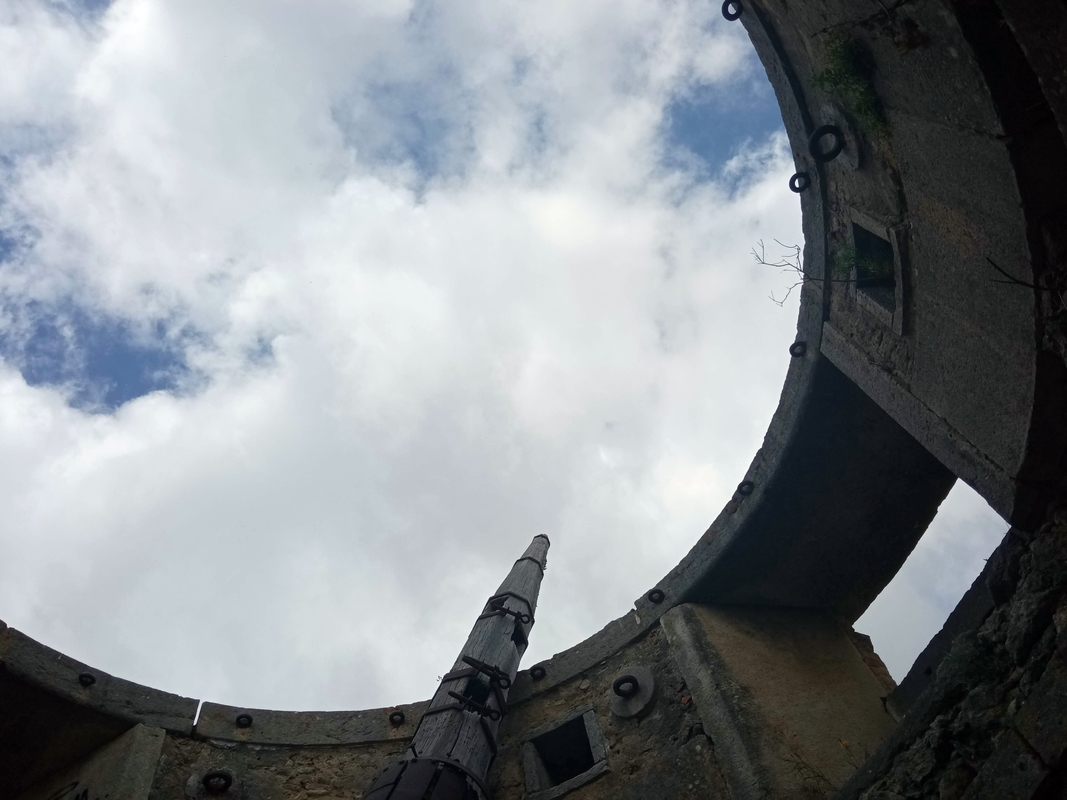

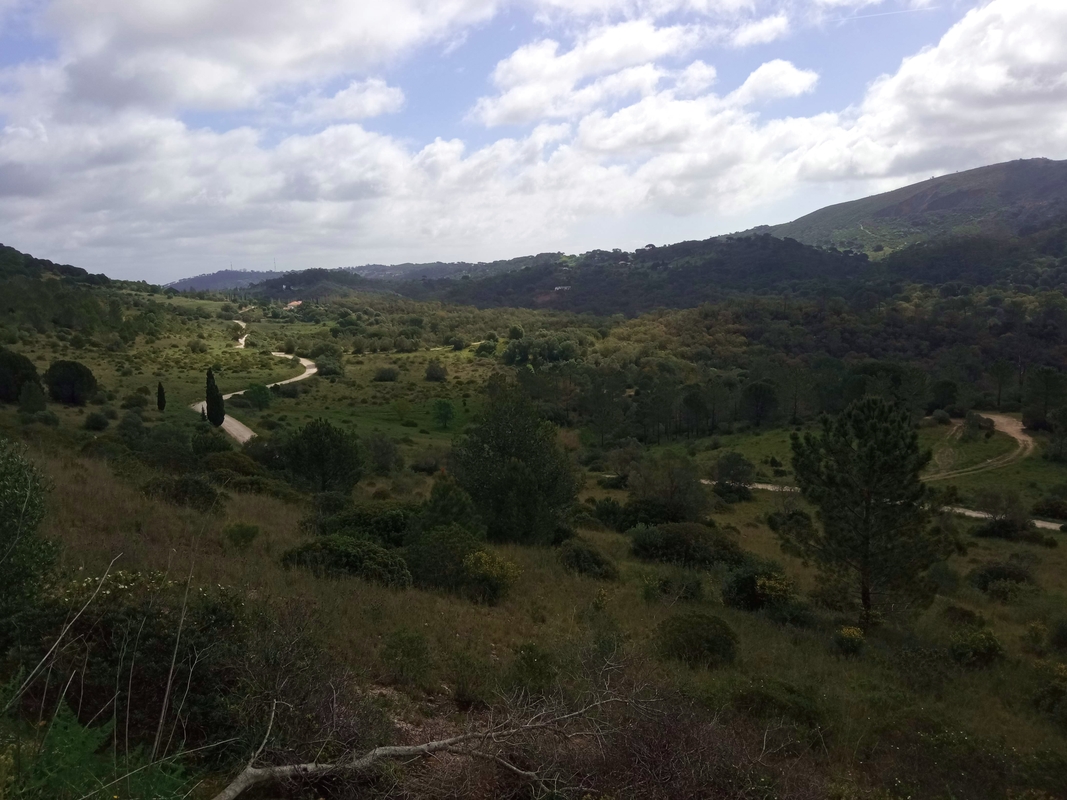


These hikes are awesome. Any chance you'd lead a couple of Lisboners on a hike of the Arrabida some weekend?
ReplyDelete